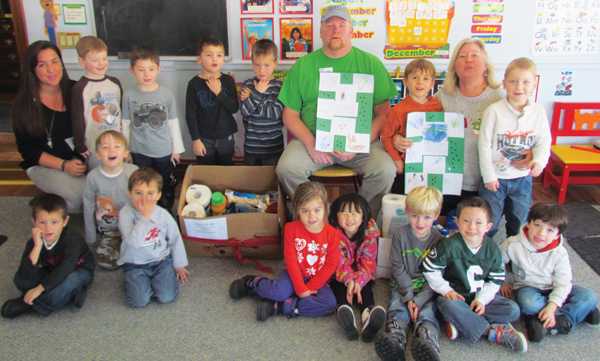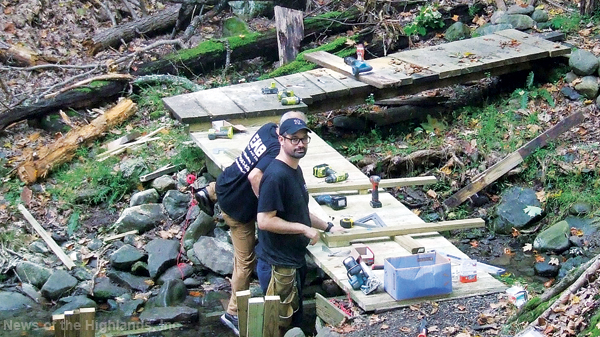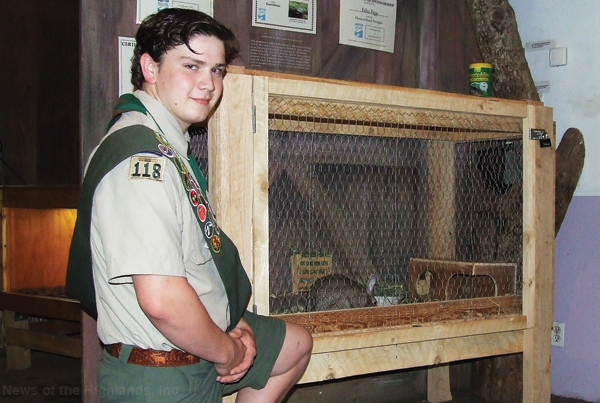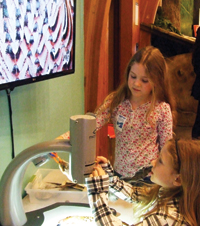
During the holiday season it’s common to see volunteers collecting money or organizations adopting families to provide them with food and gifts. But what about those who help animals? The pre-school classes at the Hudson Highlands Nature Museum have them covered. For the last eight years, the families in six classrooms have prepared baskets to donate to wildlife rehabilitators.
When an injured animal is discovered, a wildlife rehabilitator is often called to take care of the animal and nurse it back to health before releasing it back into the wild. Often the rehabilitators absorb the expense of caring for these creatures, although donations are accepted from individuals who bring in an injured animal.
Around the beginning of December, sign-up sheets are placed on the doors outside the pre-school classrooms. Parents can then sign up for the different items listed, such as vinyl gloves, blankets, water bottles, cages, towels, laundry soap, dishwasher soap, and paper towels.
With the items collected, Pam Golbin, Wildlife Education Center director, expected to make calls to local rehabilitators this week in order to drop off the donations.
“Anytime they get donations like this it’s a big help to them,” said Golbin, who is also a licensed rehabilitator. “It also lets them know people appreciate the job they’re doing.”
Accompanying the donations, the young students create holiday cards which end up on the rehabilitators’ walls.
As part of the process, the students get to hear stories about animals who have been nursed back to health – a favorite among the pre-schoolers.
One popular story Golbin tells is about a baby screen owl discovered a couple years ago during a three-day downpour in the late spring. Golbin was working late one night when a gentleman brought in a nestling which he had discovered on his driveway. The owl was soaking wet, cold, and pretty much unresponsive. As Golbin warmed it up, it became more responsive. She fed it some baby food and gave it some fluids. The following day she brought it to the Delaware Valley Raptor Center where the owl was rehabilitated along with others of its kind.
“The big thing with birds is you don’t want them to imprint on you,” Golbin said. “You want them to be healthy and socialized with other owls. The center usually has at least one adult raptor that the babies can pattern after.”
The owl was eventually released back to the general area in which it was found.
Another story Golbin shares is about a snake which got itself caught in the netting people use to protect their plants from deer. The plastic strands act like knives, so this snake was found with lacerations. Golbin cut out the snake and put gauze around its wounds until they healed.



